C3.8 - Circulatory System
Introduction to Circulatory System
- Responsible for delivering nutrients and oxygen to tissues
- Removes wastes and provides a pathway for hormones and other chemical messengers
- Most multicellular organisms have a fluid-filled vascular system
- Most animals have a vascular system associated with a muscular pump creating a circulatory system
Internal Transport in Simple Organisms
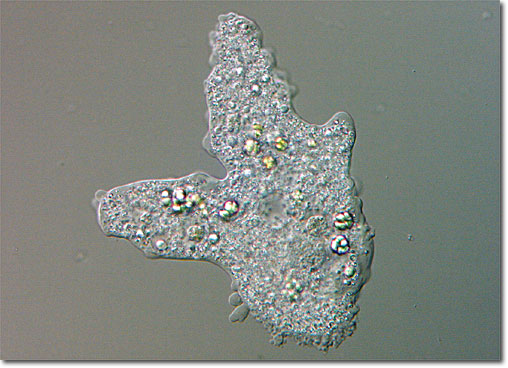
- Unicellular organisms
- Rely on distribution of nutrients through…
- streaming of circulation of cytoplasm
- i.e. amoeba
Internal Transport in Simple Animals
- A simple body cavity allows materials to be exchanged between
-
the fluid in the body cavity; and
-
the cells of the body cavity itself
-
i.e. sea anemone
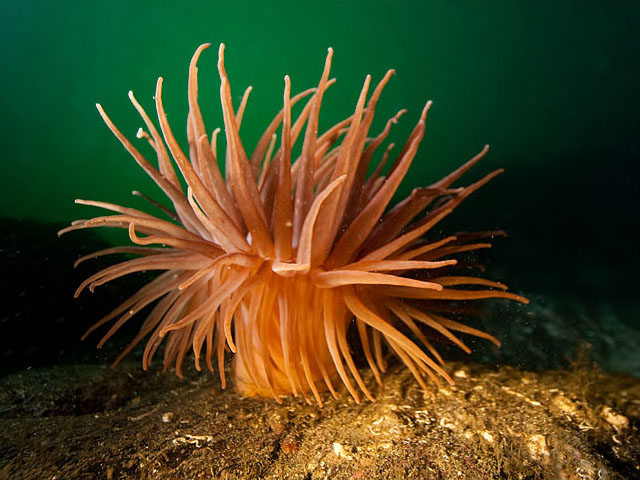
-
- Branching of body cavity allows greater surface area for absorption
-
i.e. flatworm
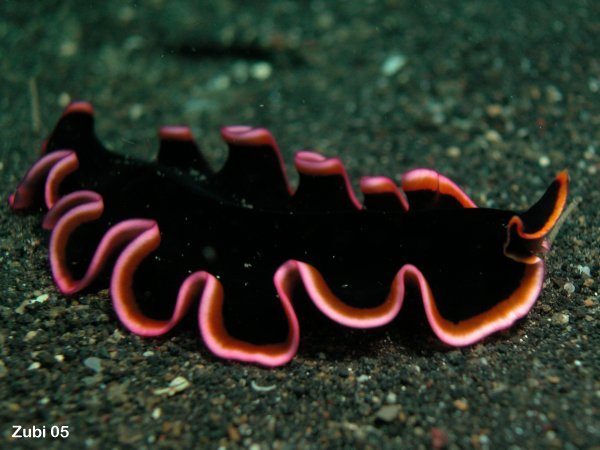
-
Sea anemone cross-section
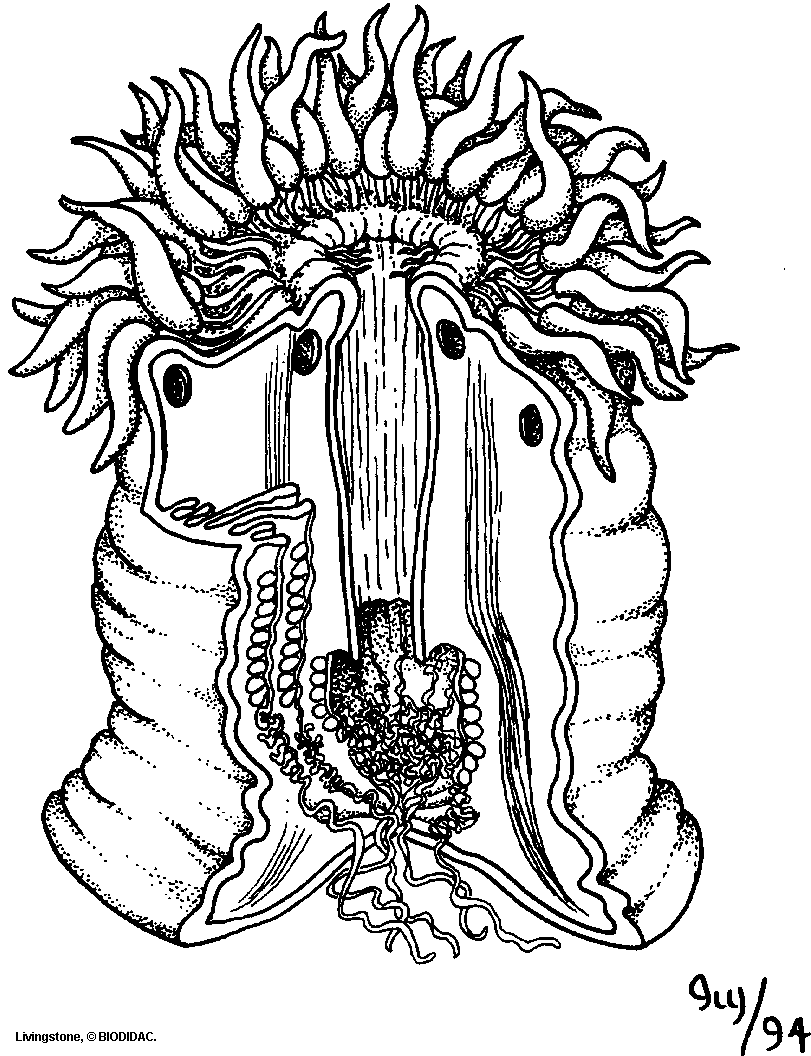
Flatworm cross-section
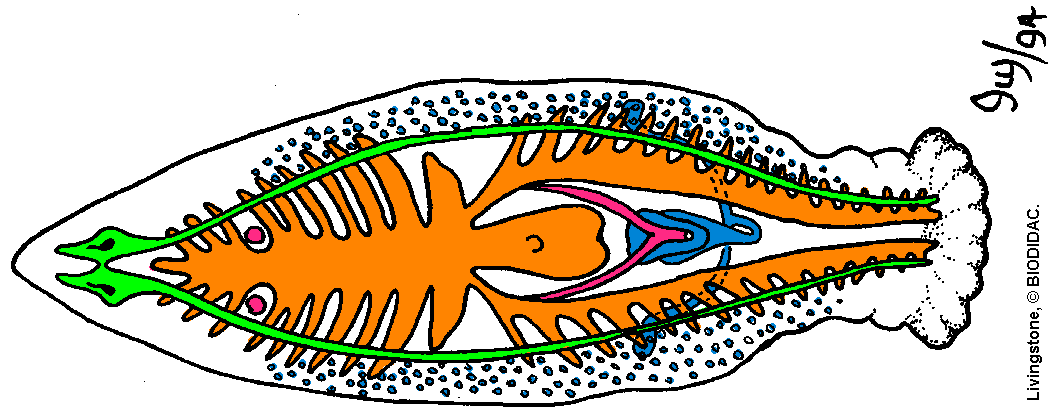
Open Transport Systems
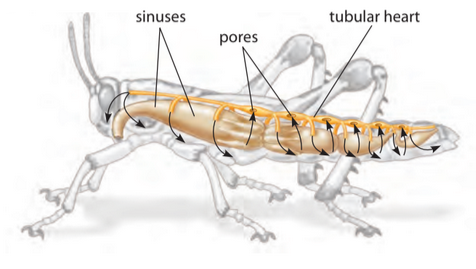
- open circulatory system: transport system where blood does not always stay enclosed within blood vessels
- Tubular heart pumps blood through vessels that open into sinuses
- sinus: spongy chamber in system
- Blood bathes tissues directly from sinuses
- It then collects in another set of sinuses and goes back to heart
- i.e. insects
Insect cross-section
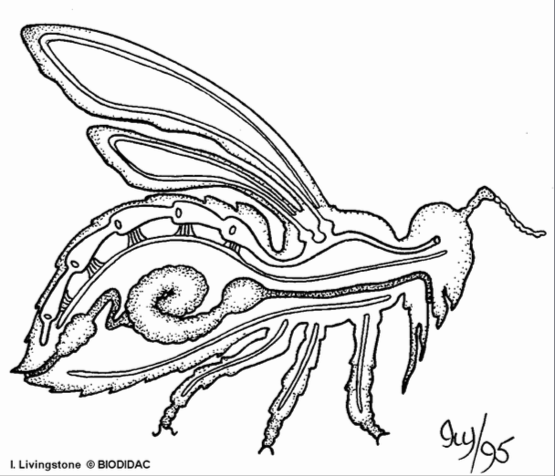
Closed Transport Systems
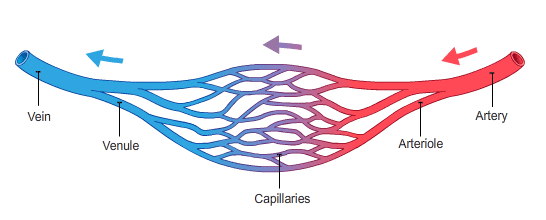
- Blood contained within vessels and pumped around body
- Blood vessels consist of…
- large vessels for blood collection
- small vessels for blood distribution
- capillaries to provide surface area for materials exchange
- More efficient circulation
- Nutrients, gases, and wastes diffuse across thin walls of capillaries
- cardiovascular system: closed circulatory system in humans and other vertebrates
- humans have network of ~100,000 km of blood vessels
Circulatory system of earthworm
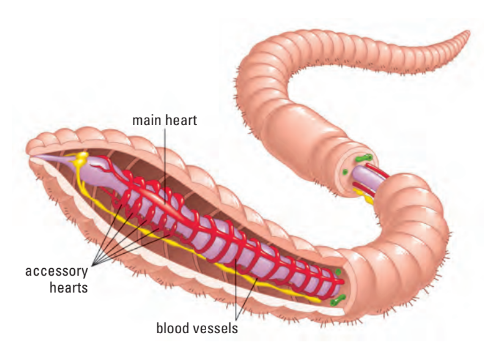
Circulation in Annelids
- Simplest closed circulatory systems
- 2 main blood vessels connected by aortic arches that act as pumps
- dorsal vessel
- ventral vessel
- Blood flows from the dorsal vessel, through the aortic arches, to the ventral vessel
- Numerous capillaries found in the skin for gas exchange w/ environ.
- Respiratory pigment hemoglobin assists in absorption and transport of oxygen
Earthworm aortic arches
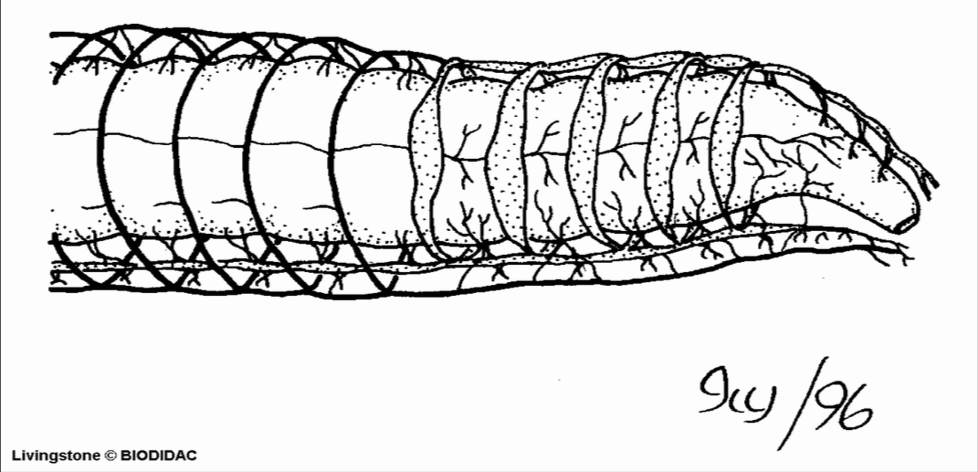
Circulation in Fish
- 2 chambered heart w/ 2 associated cavities in series (inefficient)
- All chambers are able to contract
- Blood flows in one direction
- Sinus Venosus → Atrium → Ventricle → Conus
- However, pressure is lost over the gills limiting fish’s metabolic rate
Fish heart cross-section
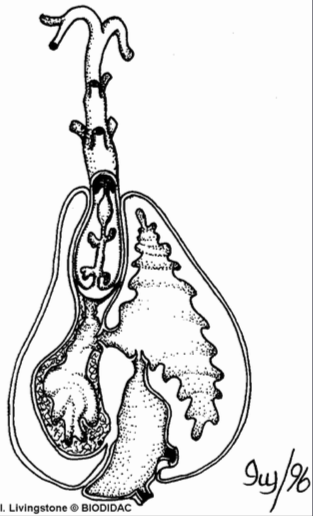
Circulation in Amphibians
- 3-chambered heart: left and right atrium, ventricle
- Blood pumped to lung and then back to the heart → distributed to body
- 3 chambers allow blood to be pumped 2x / cycle
- Only some blood is pumped twice → incomplete double circulation
- Oxygenated and deoxygenated blood mix in ventricle reducing efficiency
Amphibian heart
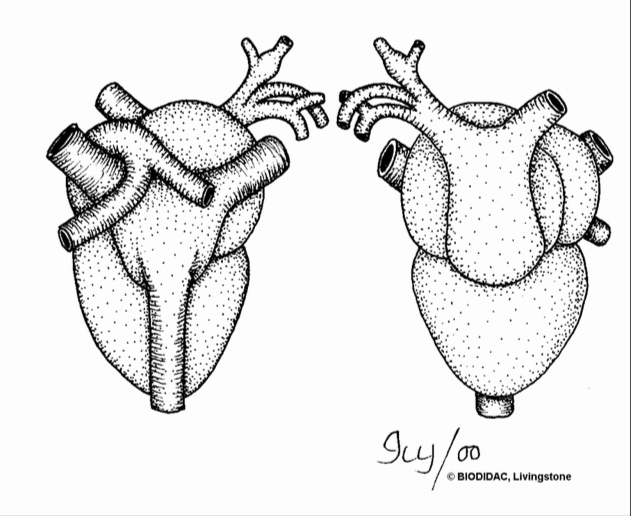
Circulation in Reptiles
- Non-crocodilians → partially divided ventricle
- i.e. snakes, turtles, tortoises, lizards
- more efficient than amphibians but still not very efficient
- Crocodiles → completely divided ventricle
- functionality similar to mammals
Circulation in Birds and Mammals
- High energy requirements necessitate efficient circulatory system
- Oxygenated and deoxygenated blood kept separate
- 4-chambered heart:
- left and right atrium
- left and right ventricle
- Closed, complete, double circulatory system